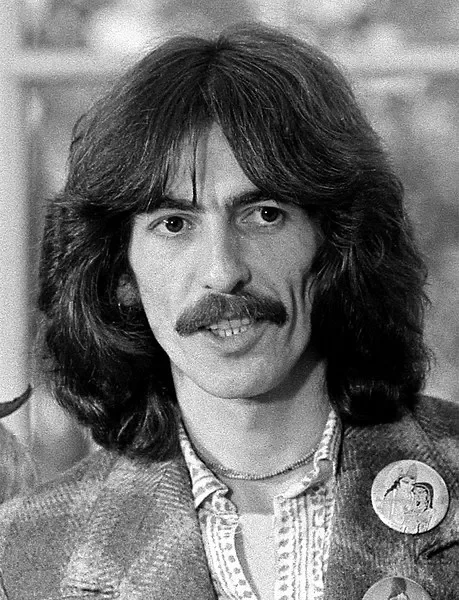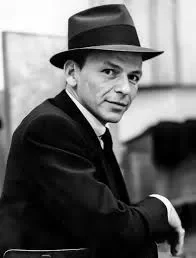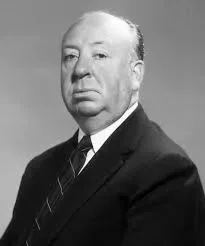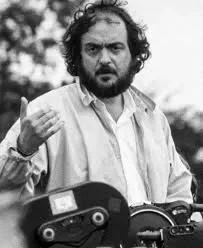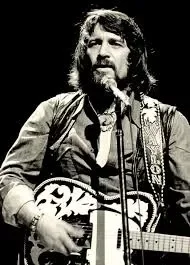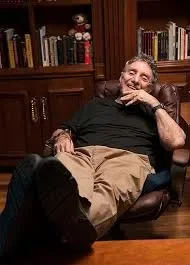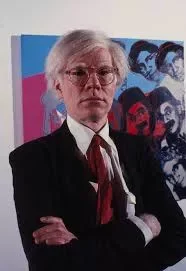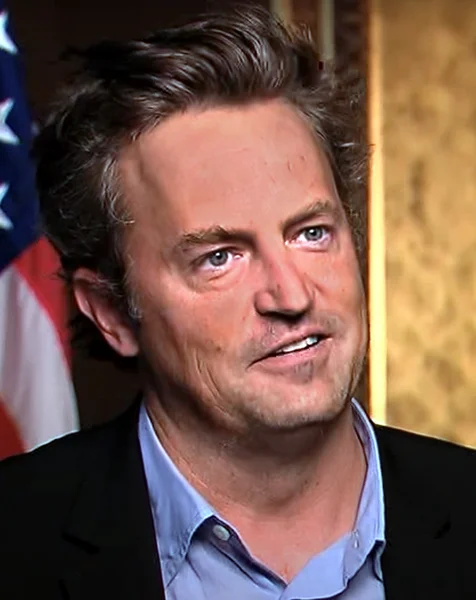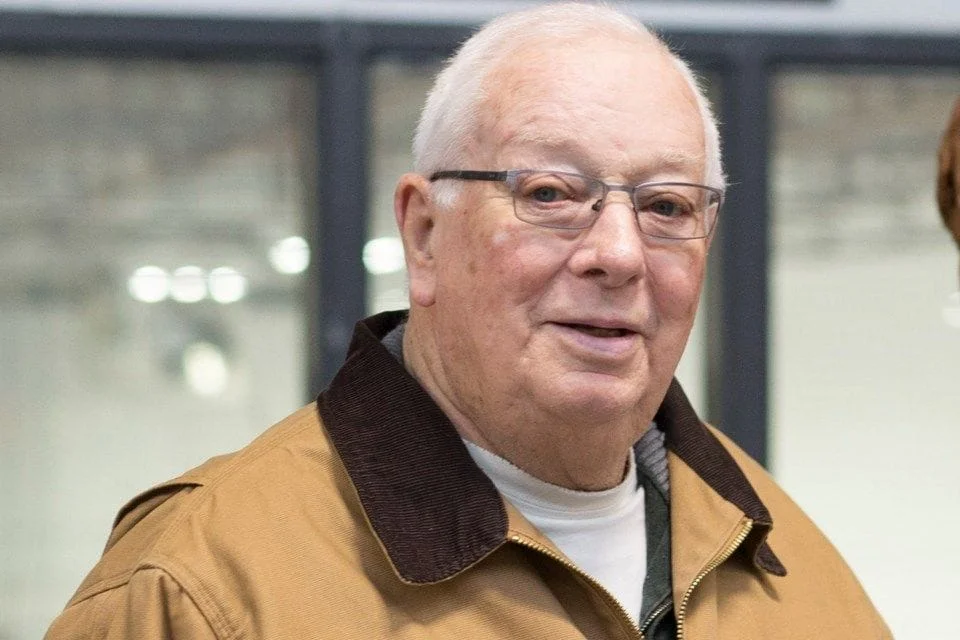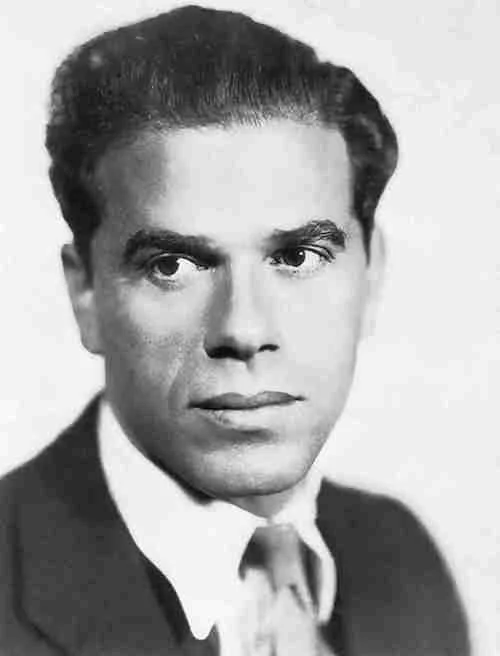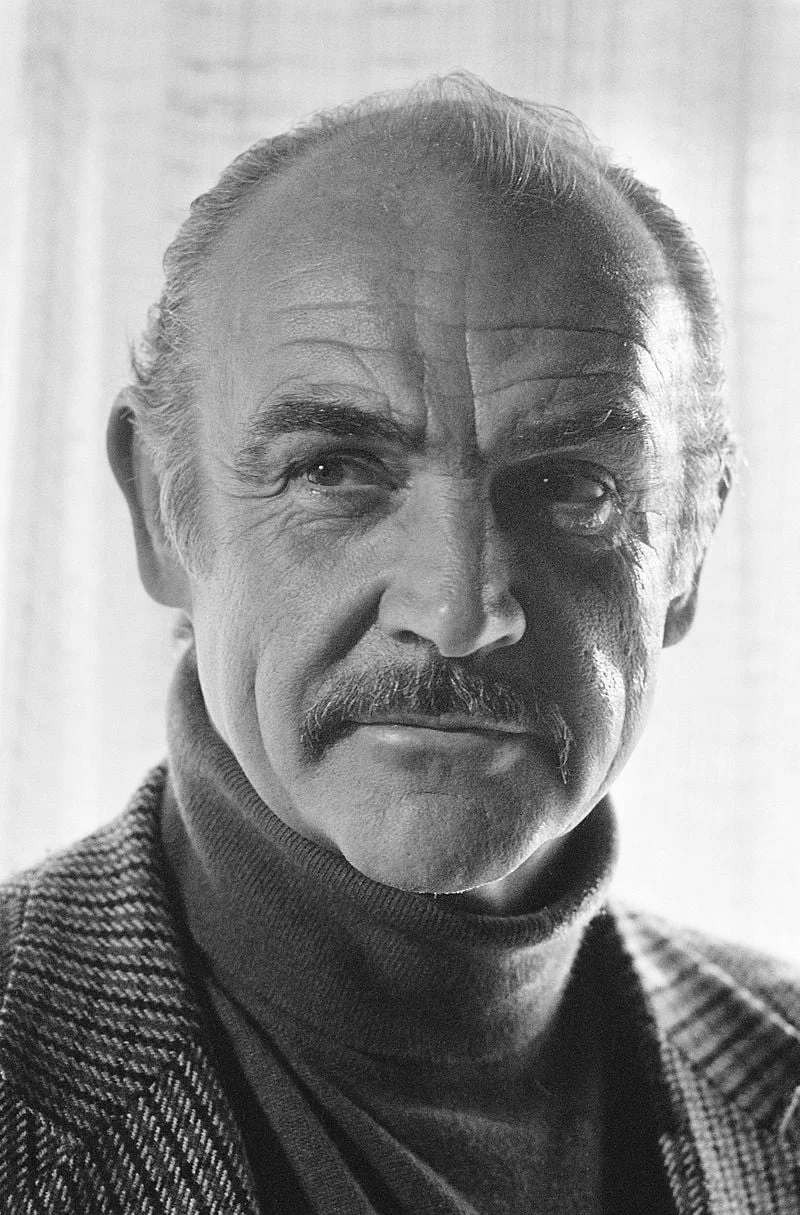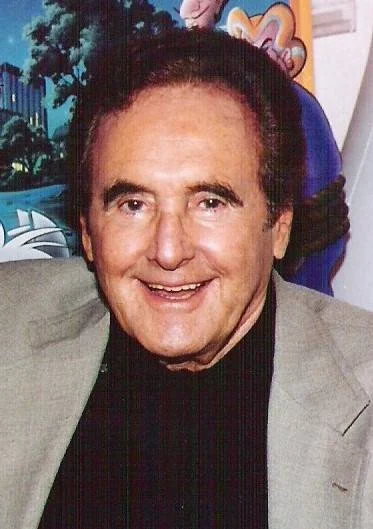Real Celebrities Never Die!
OR
Search For Past Celebrities Whose Birthday You Share

source:britannica.com
George Cukor
Birthday:
07 Jul, 1899
Date of Death:
24 Jan, 1983
Cause of death:
Heart attack
Nationality:
American
Famous As:
Film director
Age at the time of death:
83
Early Life and Passion for the Arts
George Cukor, born on July 7, 1899, in New York City, grew up in a vibrant cultural environment. His father, Viktor Cukor, was an Assistant District Attorney, while his mother, Helén Ilona Gross, nurtured his early interest in the arts. As a child, Cukor took dancing lessons and performed in several amateur plays. He formed a lasting friendship with fellow performer David O. Selznick, who would later become a prominent Hollywood producer.
Education and Early Exposure to Theater
During his teenage years, Cukor often skipped school to visit the New York Hippodrome theatre, a popular venue for opera and theater. He eventually landed a job as a supernumerary with the Metropolitan Opera. After graduating in 1917, his family expected him to follow in his father’s footsteps and study law. Cukor reluctantly enrolled at City College of New York, but his time there was short. He joined the Students Army Training Corps during World War I, but after just two months, the war ended, and he left school to pursue his true passion: the performing arts.
Starting a Career in Theater
In the early 1920s, George Cukor took on various roles in the theater world. He began as an assistant stage manager and bit player in the touring production of “The Better ‘Ole”, based on Bruce Bairnsfather’s comic strip character Old Bill. This opportunity led to more work, and in 1920, Cukor became the stage manager for the Knickerbocker Players, a traveling theater company. A year later, he was hired as the general manager for the Lyceum Players, an upstate summer stock company.
Directorial Debut and Broadway Success
Cukor’s first significant opportunity to direct came when he founded a production company with Walter Folmer and John Zwicki. Together, they directed “The Great Gatsby“, a stage adaptation of F. Scott Fitzgerald’s novel. The production was well-received, and George Cukor earned praise from critics for his directorial skills. Between 1926 and 1929, he directed six more Broadway productions, further establishing his reputation as a talented director.
Transition to Hollywood and Early Film Career
In 1930, Hollywood began recruiting talent from the New York theater scene, and Cukor was hired by Paramount Pictures. He started as a dialogue director on ‘All Quiet on the Western Front’ and quickly worked his way up to directing films. One of his early notable projects was the 1936 film adaptation of ‘Gone with the Wind’, though his involvement with the film was brief due to creative differences.
Success with Technicolor: “A Star Is Born”
George Cukor’s first Technicolor film, “A Star Is Born”(1954), starring Judy Garland, was a major success. The film received six Academy Award nominations, though Cukor was not nominated for Best Director. Despite this, the film’s popularity cemented his reputation as a skilled director who could work across various genres and with new cinematic technologies.
A Career Resurgence: “My Fair Lady”
While George Cukor’s career had its challenges, he made a significant comeback with “My Fair Lady” in 1964. The film, a commercial and critical success, earned him the Academy Award for Best Director, along with a Golden Globe and the Directors Guild of America Award. This film marked the pinnacle of his career and remains one of his most beloved works.
Award Recognition and Later Work
Throughout his career, George Cukor received numerous awards for his contributions to film. In 1970, he was honored with the Golden Plate Award from the American Academy of Achievement, and in 1976, he received the George Eastman Award for his outstanding contributions to the art of film. Despite occasional setbacks, his impact on the industry was undeniable.
George Cukor's Quote's
Final Films and Retirement
In the 1970s, Cukor directed ‘The Blue Bird’ (1976), the first joint Soviet-American production, which was a groundbreaking effort despite being a box office disappointment. His last film, ‘Rich and Famous’ (1981), explored the complex friendship of two women over several decades. At the age of 82, Cukor retired from filmmaking.
Legacy and Posthumous Recognition
George Cukor passed away on January 24, 1983, at the age of 83, after suffering a heart attack. His work continued to receive recognition even after his death. In 2013, the Film Society of Lincoln Center ran a retrospective titled “The Discreet Charm of George Cukor”, celebrating his contributions to cinema. In 2019, Cukor’s film ‘Gaslight’ was selected by the Library of Congress for preservation in the National Film Registry for its cultural and historical significance. Cukor’s legacy endures, inspiring filmmakers and audiences alike.
Name:
George Cukor
Popular Name:
George Cukor
Gender:
Male
Cause of Death:
Heart attack
Spouse:
Place of Birth:
New York City, U.S
Place of Death:
Los Angeles, California, U.S.
Occupation / Profession:
Personality Type
Defender: Very dedicated and warm protectors, always ready to defend their loved ones.His personality traits align with a collaborative, people-focused approach, making him known for drawing out emotional performances and his leadership in the creative process.
His home in Hollywood became a famous gathering place for social events and parties attended by legendary directors such as Alfred Hitchcock, John Ford, and Luis Buñuel
Cukor was known for getting amazing performances out of females, earning him the moniker "woman's director."
Before his successful film career, Cukor worked extensively in theater, including as a Broadway director, which provided him with a deep understanding of actors and their craft that became a hallmark of his later film work
His middle name "Dewey" was in honor of Admiral George Dewey who was considered a war hero for his victory in the Battle of Manila Bay, in 1898.
His last name means 'sugar' in Hungarian.
Academy Award for Best Director
Golden Globe Award for Best Director
